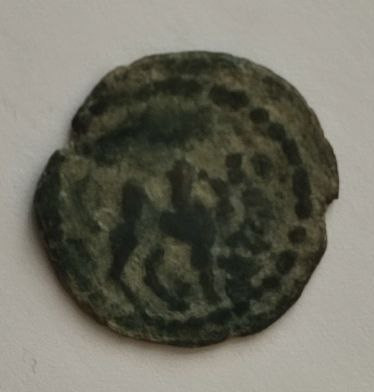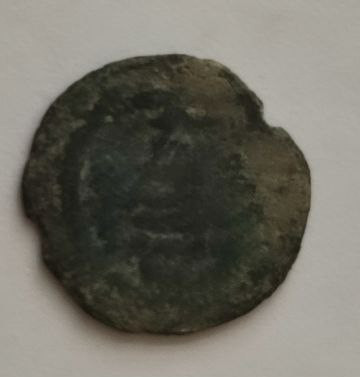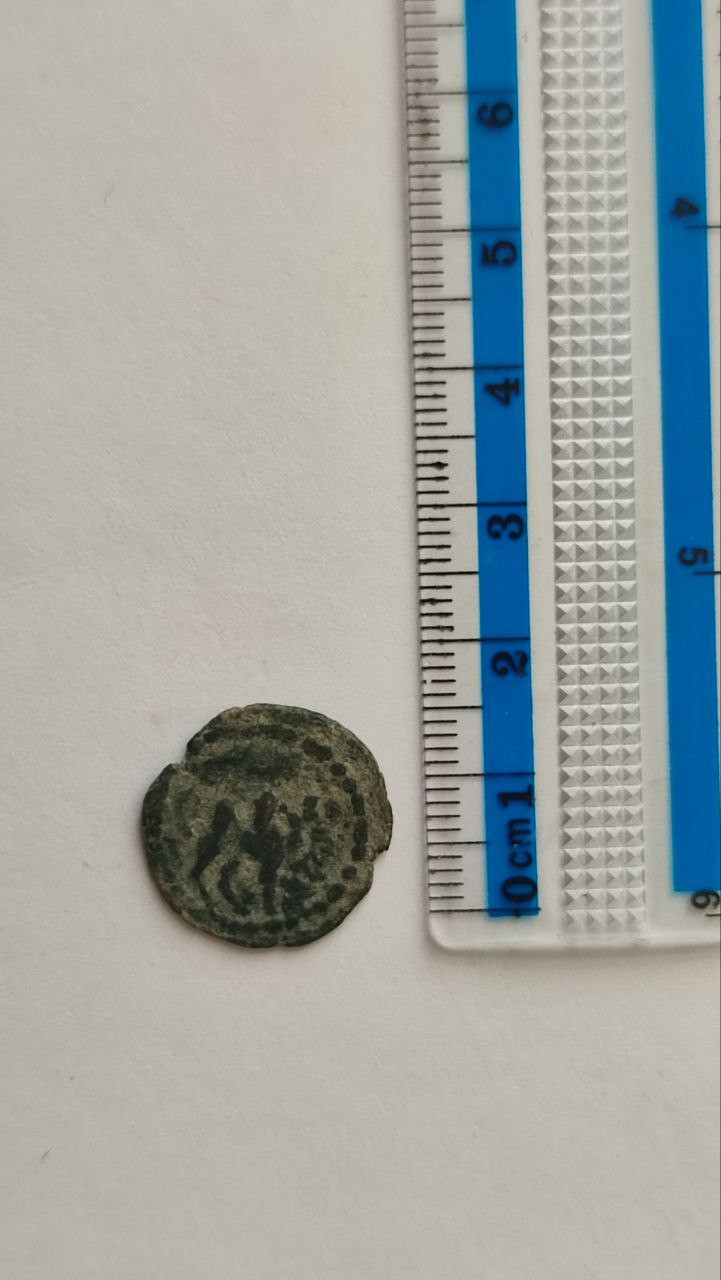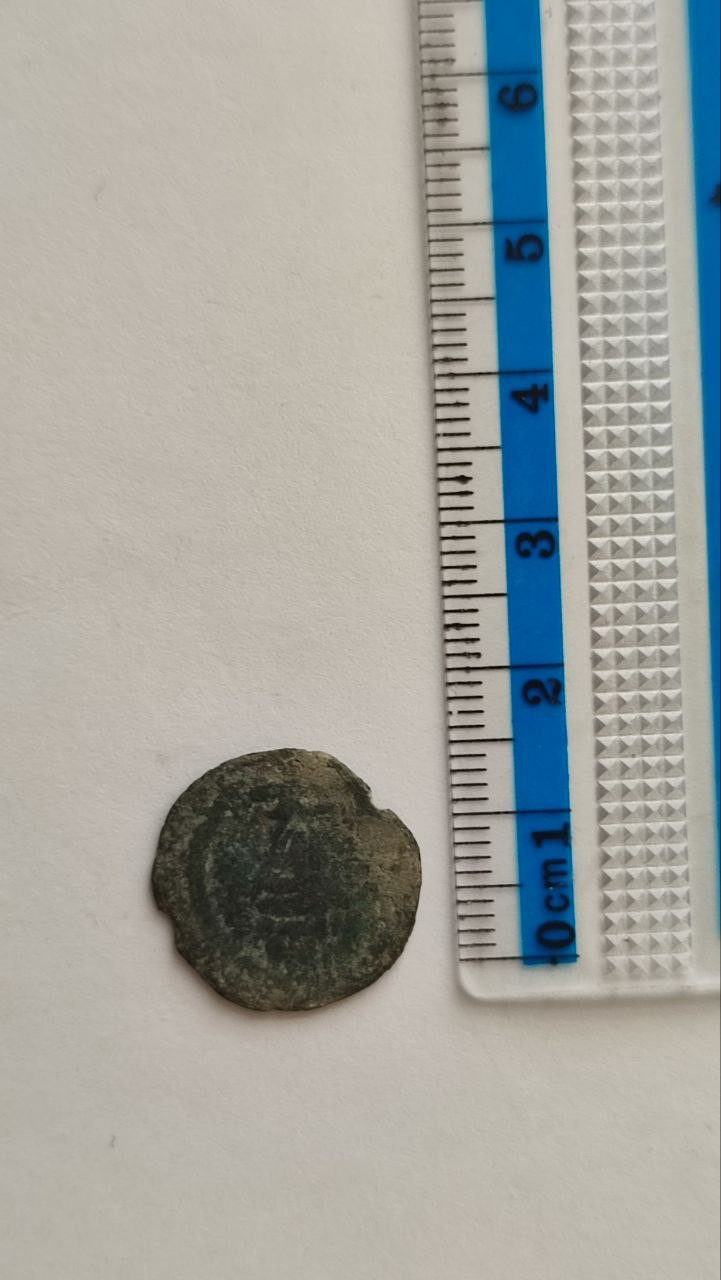Description
Coin Description: Principality of Chach Bronze Coin
!!! GUARANTEED AUTHENTIC !!!
Features:
- Issuer: Principality of Chach
- Ruling Authority: Nirtanak (circa 601-801)
- Type: Standard circulation coin
- Years of Circulation: 601-801
- Composition: Bronze
- Weight: 2.01 g
- Diameter: 19 mm
- Shape: Round (irregular)
- Technique: Hammered
- Demonetized: Yes
Historical Context:
The Principality of Chach, known in various historical sources as Chachstan (Persian-Sogdian), Shash (Arabic), and Shi or Zheshi (Chinese), was an ancient and medieval state situated in the Tashkent oasis, within modern-day Uzbekistan. This region was notable for its rich history and strategic location, bordered by the Syr Darya River to the west, the Keles steppe to the north, and the Tien Shan mountains to the east. The oasis was also surrounded by the Kuramin mountains to the southeast.
Historical Development:
-
Early Period:
- In the first centuries BC, Chach was part of the semi-nomadic state of Kangyu.
- Chach gained independence around 262 AD, first mentioned in the Sassanid inscription "Kaaba of Zoroaster."
- The early capital, identified with the Kanka settlement, was on the Syr Darya River.
-
Coinage:
- Local coin minting began in the 2nd-3rd centuries AD with copper scyphate coins.
- Obverse: Featured the ruler's head with long curly hair and a diadem, sometimes with a crescent moon.
- Reverse: Displayed a tamga with a Sogdian legend indicating the name, title, and possession.
-
5th-8th Century Developments:
- Mid-5th century: Chach became part of the Hephthalite possessions.
- 6th century: Contested by the Hephthalites and the Turkic Khaganate.
- Early 7th century: Capital moved to Madinat ash-Shash, then Binket, becoming a cultural and trade hub.
- Coins from this period often depicted rulers with Turkic facial features and various symbols or tamgas, reflecting Byzantine influence and local dynastic symbols.
Arab Conquest and Coin Evolution:
- The arrival of Arabs in Central Asia marked a transition in coinage, adopting styles and forms similar to those of the Caliphate, reflecting the new political and cultural influences.



























